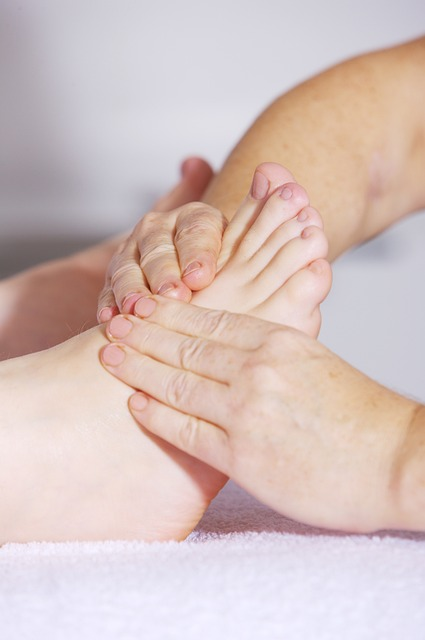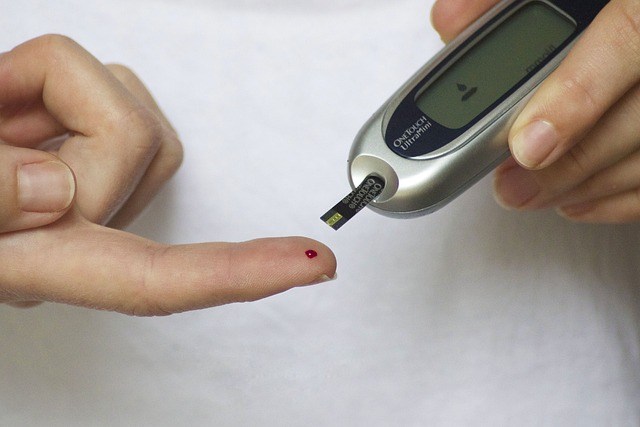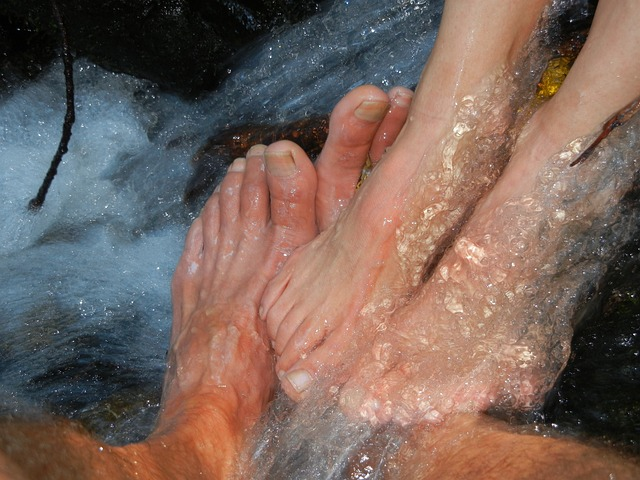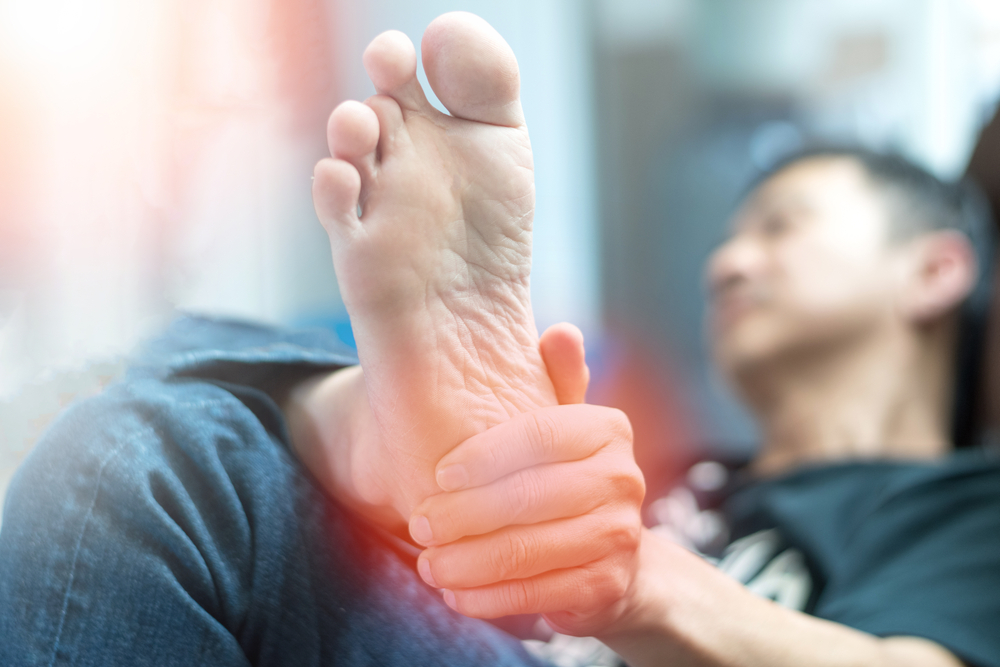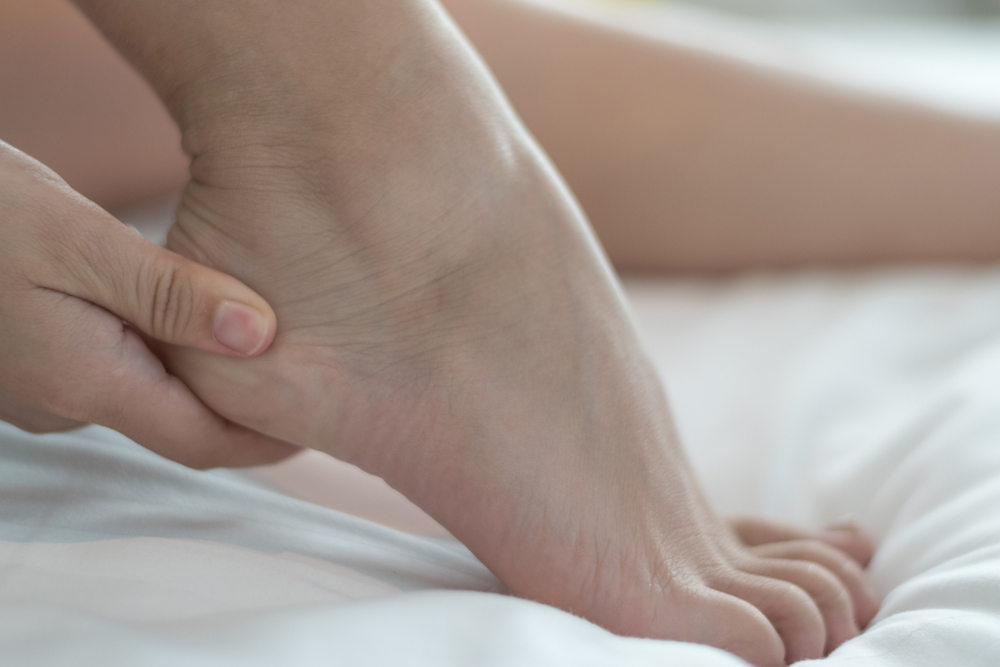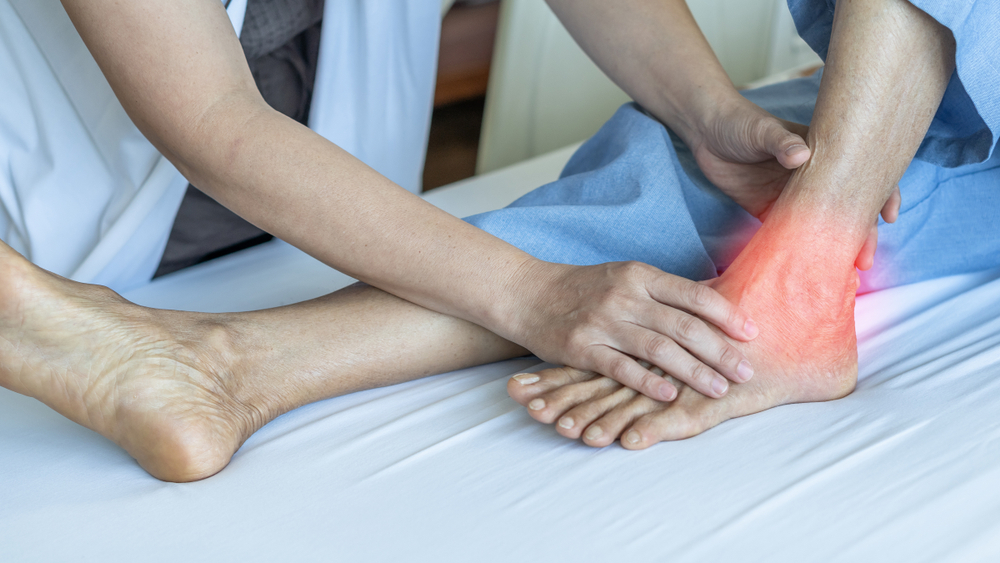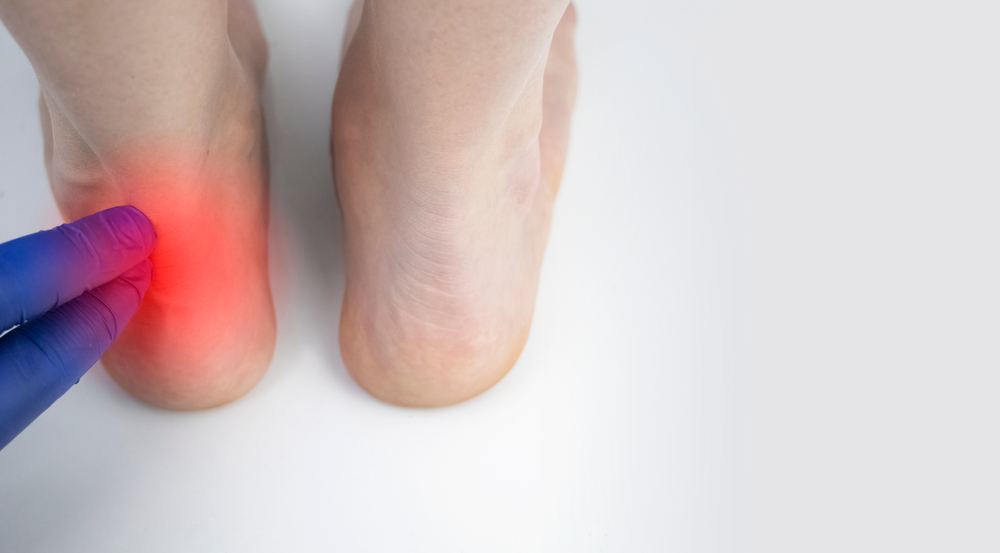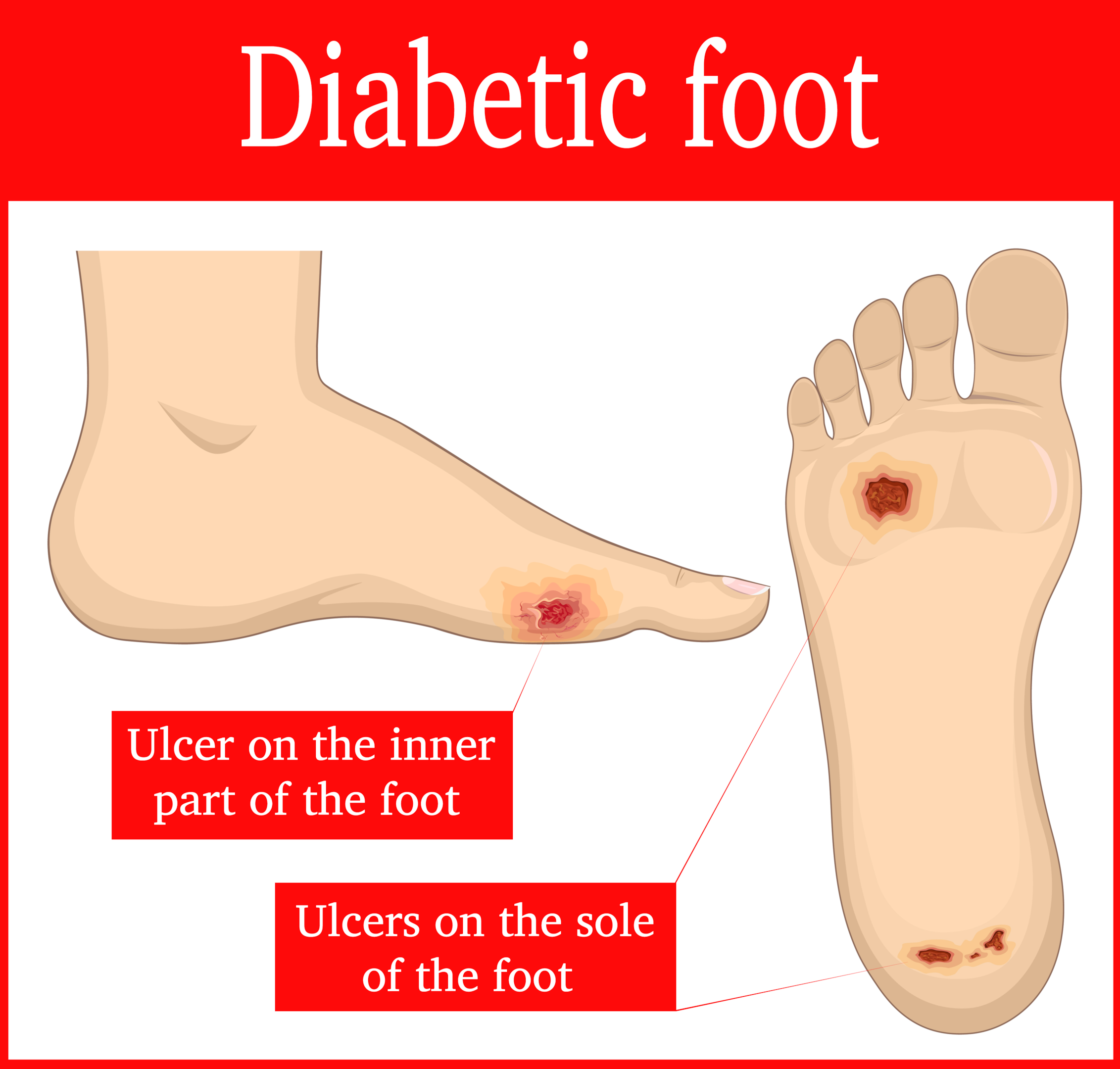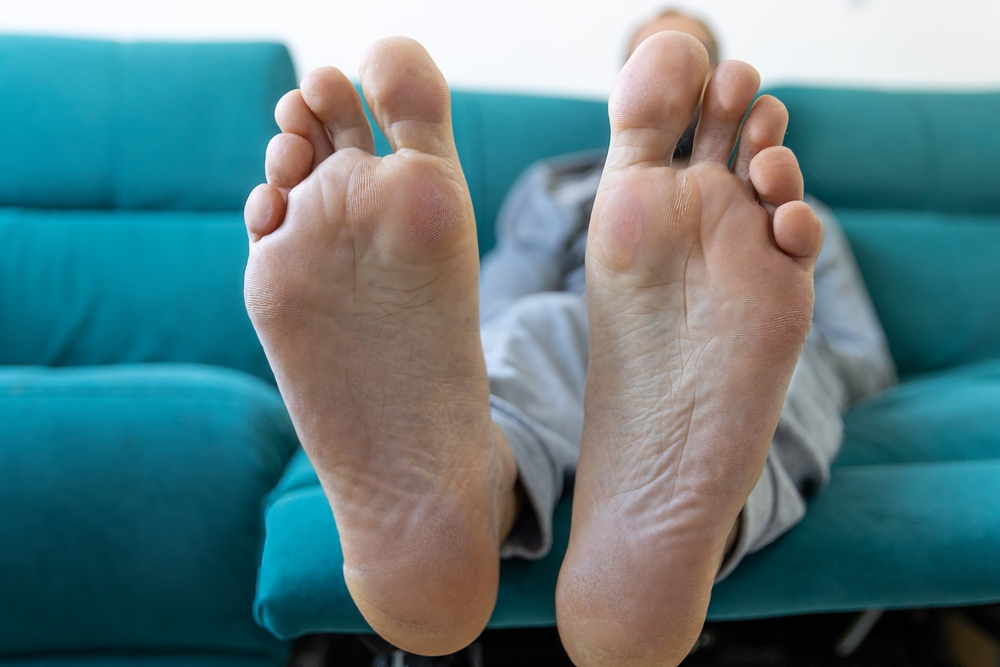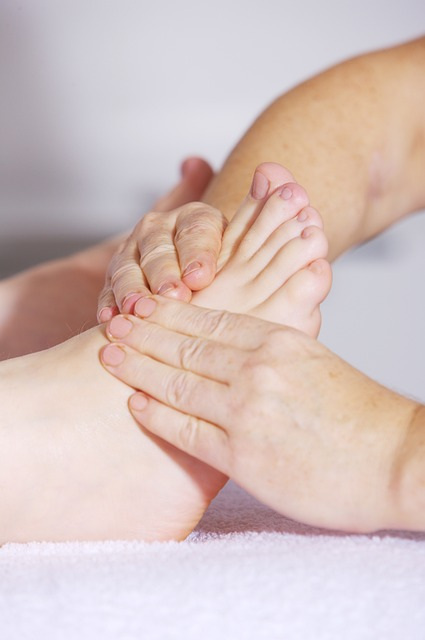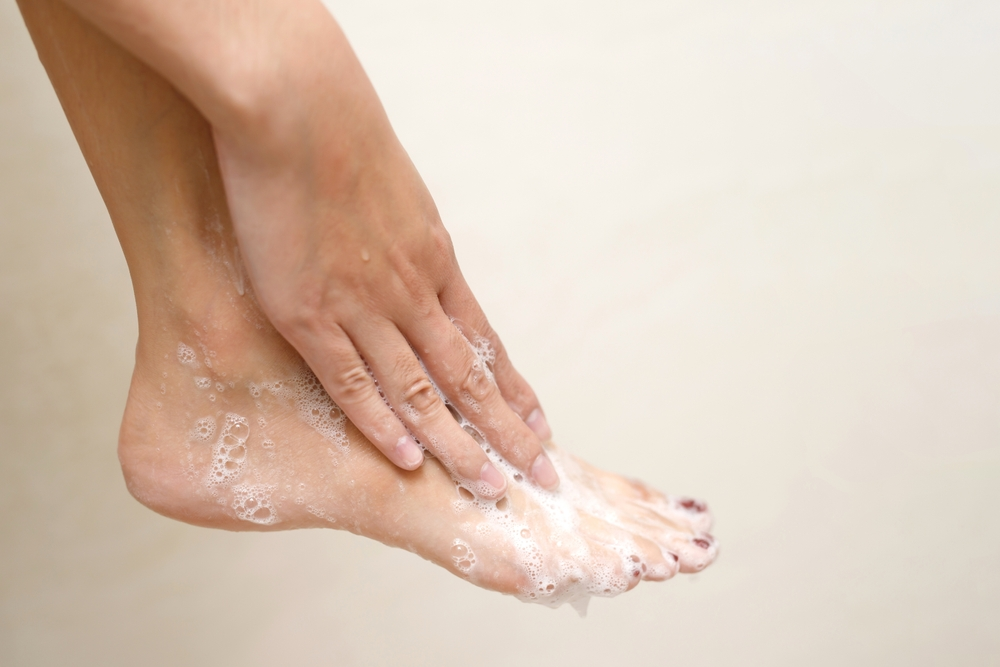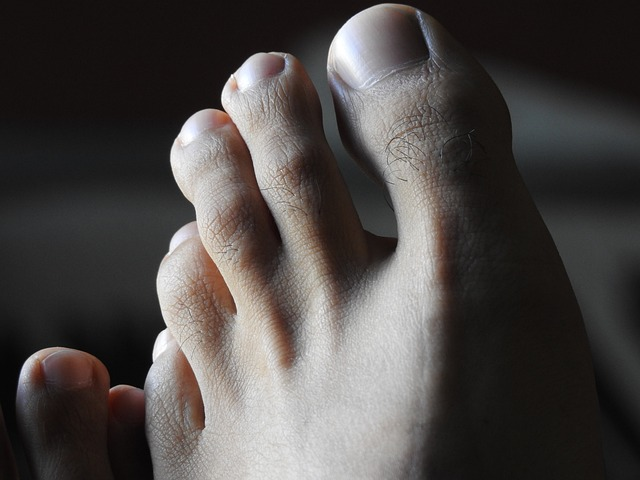
foot problems, plantar fasciitis
Orthosis for Plantar Fasciitis: Effective Relief Solutions
Plantar fasciitis is a common cause of heel pain that affects millions of people every year. It involves the inflammation of the plantar fascia, a thick band of tissue that runs along the bottom of the foot and connects the heel bone to the toes. This painful condition can be caused by various factors, such as improper footwear, foot structure, overuse, and certain walking surfaces.
One of the most recommended treatment options for plantar fasciitis is the use of orthotic devices, also known as orthoses. These are specially designed shoe inserts that provide additional arch support, aiming to distribute pressure more evenly across the foot and alleviate pain. Orthoses come in various forms, including over-the-counter prefabricated inserts as well as custom-fit devices prescribed by healthcare professionals.
Key Takeaways
Understanding Plantar Fasciitis
Plantar fasciitis is a common cause of heel pain, which occurs due to the inflammation of the plantar fascia, a thick band of tissue connecting the heel bone to the toes. This fascia provides support to the arch of the foot and plays an essential role in walking and foot movement 1. The development of plantar fasciitis can be attributed to several factors, including improper footwear, overuse, certain foot structures, and walking on uneven surfaces 2.
The primary symptom of plantar fasciitis is heel pain, which can range from mild to severe depending on the extent of inflammation in the fascia. People with this condition often experience pain when taking their first steps in the morning or after prolonged periods of rest. The pain generally decreases as the foot warms up, but may return after long periods of standing or increased activity 3.
Risk Factors
Risk factors for plantar fasciitis include flat feet, high arches, and tight calf muscles, which can put additional strain on the fascia. Additionally, occupations that require long periods of standing or walking, as well as participation in high-impact sports, can increase the likelihood of developing this condition 4.
In order to diagnose plantar fasciitis, a healthcare provider will consider the patient’s medical history and conduct a physical examination. During the examination, the healthcare provider will typically check for areas of tenderness in the foot, as the location of pain can help determine the underlying cause. In some cases, imaging tests, such as an MRI, may be necessary to rule out other potential causes of heel pain, such as a stress fracture 5.
Treatment
Treatment for plantar fasciitis often involves conservative approaches, such as rest, ice, stretching exercises, and the use of orthotic devices. Orthotics can provide support to the arch of the foot, alleviate pressure from the plantar fascia, and correct foot positioning to reduce the strain on the involved tissues 6. However, it is essential to choose the appropriate orthotic device for each individual case, as poorly designed orthotics may not effectively alleviate plantar fasciitis symptoms 7.
Orthosis for Plantar Fasciitis
Orthotics, or foot orthoses, are commonly used to address the pain and discomfort caused by plantar fasciitis. These devices are designed to provide arch support and alleviate the stress on the plantar fascia ligament, thereby reducing pain and inflammation.
There are two main types of orthotics for plantar fasciitis: customized insoles and prefabricated orthosis. Custom orthotics are individually crafted based on the specific foot shape and biomechanics of the user. They provide personalized support and precise correction of foot imbalances. Customized orthosis is typically prescribed by a healthcare professional after a thorough examination of the foot.
Orthoses
Prefabricated orthoses, on the other hand, are mass-produced and can be found over the counter in various sizes and styles. These devices are often less expensive and more readily available compared to custom orthotics. However, they may not provide the same level of personalized support and may not be as effective in relieving plantar fasciitis symptoms.
Some research suggests that both custom and prefabricated orthotics can help reduce pain and improve function for individuals suffering from plantar fasciitis. Accommodative foot orthosis can also aid in the distribution of pressure on the foot more evenly, leading to enhanced comfort and reduced irritation of the plantar fascia.
Placebo
Sham orthosis, or placebo devices, are sometimes used in research settings to determine the effectiveness of the actual orthotics. However, these should not be used as a treatment option, as they do not provide any therapeutic benefits.
When choosing an orthotic for plantar fasciitis, it is essential to consider factors such as the severity of the condition, foot structure, and the specific needs of the user. A healthcare professional can help guide this decision and recommend the most suitable type of orthotic based on individual requirements. Prolonged use of orthotics for plantar fasciitis may also be combined with other treatments, such as physical therapy and anti-inflammatory medications, for optimal results in managing symptoms.
Other Treatment Approaches
Besides orthosis, there are several other treatment approaches for plantar fasciitis. One of the most widely-used strategies is conservative treatment, which consists of rest, oral nonsteroidal anti-inflammatory drugs (NSAIDs) like ibuprofen and naproxen, foot orthotics, and stretching exercises1. This approach helps in more than 90% of the cases, with significant improvement observed within 2 to 3 months of initiation.
Night splints are another option for those suffering from plantar fasciitis, as they help maintain an extended position of the foot and ankle during sleep. This may reduce pain and morning stiffness associated with the condition2.
Physical Therapy
Physical therapy plays an essential role in managing plantar fasciitis pain by providing targeted exercises and stretches designed to strengthen and improve flexibility in the foot and lower leg muscles. A physical therapist can also be helpful in advising on footwear selection and proper foot biomechanics during walking and other daily activities.
For patients experiencing unrelieved discomfort or those with chronic, recalcitrant cases of plantar fasciitis, more advanced interventions need to be considered, ranging from injections to surgery. Steroid injections can provide temporary relief by reducing inflammation in the plantar fascia. However, these should be used cautiously, as they carry various potential complications, such as fat pad atrophy or plantar fascia rupture4.
ESWT
Another option for stubborn cases is extracorporeal shock wave therapy (ESWT). By sending strong, high-energy waves into the affected area, ESWT can stimulate the healing process and alleviate pain. The success of this therapy varies across cases, and the level of discomfort experienced during the procedure may also differ from person to person.
In rare cases where all conservative and non-operative methods fail, surgery is the last resort. This includes plantar fascia release, a procedure in which the surgeon partially detaches the plantar fascia from the heel bone to relieve tension. While surgery can provide long-term relief for some patients, it carries inherent risks, and postoperative recovery periods should be taken into account6.
Foot and Body Mechanics
When dealing with plantar fasciitis, it is essential to understand the role of foot and body mechanics. The foot is a complex structure designed to support the body’s weight and enable movements like walking, running, and standing. The plantar fascia, a band of tissue connecting the heel to the base of the toes, plays a crucial role in maintaining foot mechanics and absorbing shock during these activities.
In order to maintain proper foot function, it is vital to consider the plantar load parameters and lower extremity kinematics. These factors are crucial in distributing the body’s weight evenly across the foot and preventing excess strain on the plantar fascia, which can lead to tissue damage, inflammation, and the development of plantar fasciitis.
Pronation
One of the most important aspects of foot mechanics is managing foot pronation. When the foot excessively pronates or collapses, it can cause the longitudinal arch to flatten, leading to increased strain on the plantar fascia. Monitoring and controlling foot pronation is important to prevent the development of plantar fasciitis and other foot injuries.
Certain factors can contribute to foot problems and inefficient body mechanics. For example, improper footwear, hard walking surfaces, and repetitive high-impact activities can increase the risk of developing plantar fasciitis. In addition, individuals with certain foot structures, such as flat feet or high arches, may be more prone to experiencing heel pain and strain on the plantar fascia.
Orthotic Devices
Various Orthotic devices can play a significant role in addressing foot and body mechanics issues, particularly for individuals who are suffering from plantar fasciitis. By providing proper arch support, orthotics can alleviate excessive plantar pressures, reduce foot pronation, and improve weight distribution. A study on the effectiveness of foot orthoses found that using such devices resulted in significant improvements in pain levels and the foot function index.
In conclusion, addressing foot and body mechanics through proper footwear, orthotic support, and awareness of plantar load parameters can be instrumental in preventing and treating plantar fasciitis and other related foot issues.
Personal Factors and Connections
There are several personal factors and connections that can contribute to the development of plantar fasciitis, a common cause of foot pain, especially among runners and individuals with flat feet or other foot structure abnormalities.
Age plays a significant role since plantar fasciitis is more common in older individuals, particularly those in their 40s and 50s. This is due to the natural weakening of the plantar fascia and Achilles tendon over time. By understanding the importance of maintaining proper foot health and addressing any potential issues promptly, people of all ages can help prevent or manage the impact of plantar fasciitis.
Other Factors
In addition, being overweight or having diabetes can also increase a person’s risk of developing plantar fasciitis, as both conditions tend to put additional strain on feet and exacerbate existing biomechanical issues. It is crucial for these individuals to maintain a healthy weight and manage any underlying medical issues to reduce their risk of plantar fasciitis and alleviate its symptoms.
Engaging in high-impact activities, such as running or jumping, can also increase the likelihood of developing plantar fasciitis, particularly if proper rest and foot care measures are not implemented. Activities that place repetitive stress on the heel and arch of the foot can result in micro-tears of the plantar fascia, leading to inflammation, pain, and discomfort. Emphasizing proper rest and recovery between activities can help minimize injury risk.
Furthermore, limited ankle dorsiflexion has been identified as a risk factor for plantar fasciitis, making it essential for individuals to address any tightness in their Achilles tendon and calf muscles through regular stretching and strengthening exercises.
Women More at Risk
Women with plantar fasciitis might experience increased discomfort due to the impact of high heels on their foot structure. Continuous use of high-heeled shoes can shorten the calf muscles and plantar fascia, potentially causing plantar fasciitis. Switching to low-heeled shoes for daily wear and reserving high heels for special occasions can help alleviate this issue.
Lastly, applying ice to the affected area and implementing proper rest can expedite the healing process. It is crucial for individuals with plantar fasciitis to be patient and adhere to a consistent treatment plan involving both orthosis and lifestyle changes to maximize recovery and prevent future occurrences.
Impact and Improvement
Plantar fasciitis is a common orthopedic complaint, causing heel pain and discomfort. One of the widely used treatments for this condition is the use of foot orthoses. These devices can have a significant impact on the individual’s function, effectiveness, and recovery.
Orthotic devices serve to provide support and alleviate the strain on the plantar fascia. A systematic review has shown that both custom-made and prefabricated orthoses cause significant short-term improvement in function and pain relief. The use of foot orthoses in conjunction with other treatments, such as stretching exercises, has been demonstrated to enhance recovery and improve mobility.
Stretches help
Stretching the affected tendon and surrounding muscles has been known to further reduce stiffness and alleviate pain. Combining these stretching exercises with foot orthoses has shown a synergistic effect, increasing the overall effectiveness of plantar fasciitis treatments.
In a meta-analysis of clinical trials concerning the efficacy of foot orthoses, plantar heel pain was significantly reduced. The use of foot orthoses not only improves patients’ functionality but also aids in their tendon recovery and mobility enhancement. This increase in mobility further supports patients engaging in physical activities like recruitment and jumping.
Foot orthoses can play a multifaceted role in plantar fasciitis treatment, addressing various aspects of the condition. By offering support, reducing stiffness, and aiding recovery, these devices can significantly improve the quality of life for people affected by this painful ailment. Their effectiveness, both individually and in conjunction with other treatment methods, demonstrates the importance of a comprehensive approach to successfully managing plantar fasciitis.
Advanced Discussions
Plantar fasciitis often leads to heel pain, and orthoses have become a popular tool to alleviate this discomfort. In a randomized trial, numerous treatment options were studied to determine their therapeutic effectiveness in tackling plantar fasciitis.
Adjustable Dorsiflexion Night Splints
One option for treatment is the use of an adjustable dorsiflexion night splint. These devices work by gently stretching the plantar fascia, aiming to reduce self-reported pain levels and disability due to the condition. Adjustable splints allow the degree of stretching to be tailored to the individual patient’s needs and tolerance.
Long-term Effectiveness
When assessing the long-term effectiveness of orthoses for plantar fasciitis, consistency is key. Although some patients may experience immediate relief, a commitment to continuous use is essential to achieve lasting results. Studies have shown that improved function and reduced pain can be maintained through continued use alongside other therapeutic treatments, such as physical therapy and lifestyle modifications.
Heel Spurs and Orthoses
Although they are often associated with plantar fasciitis, heel spurs may not always be the primary cause of pain and disability in affected individuals. Despite this, orthoses can still be beneficial in providing relief from discomfort, as these devices are designed to redistribute pressure across the foot and alleviate strain on sensitive areas, including the plantar fascia.
Self-Reported Pain and Therapeutic Treatment
Patients with plantar fasciitis typically express their pain levels through self-reported measures, making it an integral aspect of monitoring treatment effectiveness. By incorporating orthoses into their therapeutic treatment plan, patients can potentially notice a significant reduction in their self-reported pain levels. However, it is vital to ensure that any intervention is combined with other conservative treatments, such as stretching exercises and rest, to maximize the positive outcomes.
In conclusion, orthoses can serve as valuable tools for patients suffering from plantar fasciitis. Their use in conjunction with other conservative measures has been shown to lead to decreased self-reported pain levels and increased function. While heel spurs may not be the primary cause of pain, orthoses can still offer relief. As always, it is essential to consult a healthcare professional to tailor treatment plans to the individual patient’s needs.

Frequently Asked Questions
What are the best night splints for plantar fasciitis?
Several night splints are available for plantar fasciitis, but the most effective ones are designed to provide a gentle stretch to the plantar fascia, allowing it to heal during sleep. The best splints typically have adjustable straps for a customized fit, lightweight design, and comfortable padding. Examples of high-quality night splints include the Strassburg Sock, Ossur FormFit Night Splint, and the Cramer Dorsal Night Splint.
Do gel insoles provide relief for plantar fasciitis?
Gel insoles can help alleviate plantar fasciitis symptoms by providing cushioning and shock absorption. These insoles help reduce pressure on the plantar fascia and improve foot comfort during daily activities. However, it’s essential to choose gel insoles with adequate arch support for the best results. Some popular options include Dr. Scholl’s Massaging Gel Insoles and the Sof Sole Gel Arch Support Insoles.
How do AFO braces help with plantar fasciitis?
An ankle-foot orthosis (AFO) braces provide support and stabilization to the ankle and foot, helping alleviate plantar fasciitis pain. They work by maintaining the foot in a neutral or slightly dorsiflexed position, reducing tension on the plantar fascia. This promotes healing and improves overall foot comfort. AFO braces are available in various styles and materials, but most are lightweight, easy to apply, and can be worn under shoes or during sleep.
Which insoles are recommended for running with plantar fasciitis?
Running with plantar fasciitis can be challenging, but using supportive insoles can help alleviate pain and prevent further injury. The most effective insoles for plantar fasciitis runners should provide firm arch support, heel cushioning, and shock absorption. Some popular options include the Powerstep Pinnacle Maxx, Superfeet Green Insoles, and Spenco Total Support Max Insoles.
Are hard or soft orthotics more effective for plantar fasciitis?
The choice between hard and soft orthotics depends on the individual’s foot structure and the severity of their plantar fasciitis. Hard orthotics provide more rigid support, which can help stabilize the foot and reduce overpronation in people with flat feet or low arches. Soft orthotics offer cushioning and shock absorption, which may be beneficial for those with high arches or sensitive feet. It’s essential to consult with a healthcare professional or podiatrist to determine the most appropriate orthotic type for one’s specific needs.
What exercises can alleviate plantar fasciitis symptoms?
Incorporating stretching and strengthening exercises into a daily routine can help relieve plantar fasciitis pain and improve foot function. Some effective exercises include:
- Calf stretches: Lean against a wall and extend one leg straight back, keeping both feet flat on the ground, and holding the stretch for 20-30 seconds.
- Plantar fascia stretch: Sit with one leg crossed over the other, and gently pull the toes of the affected foot towards the shin, holding for 10-20 seconds.
- Foot rolling: Roll a frozen water bottle or tennis ball under the arch of the affected foot for a few minutes each day.
These exercises can help improve flexibility, reduce tension in the plantar fascia, and ultimately alleviate plantar fasciitis symptoms.
Read More
Plantar Fasciitis Treatment at Home: Effective Remedies and Tips
How to Prevent Plantar Fasciitis
How High Heels Cause Plantar Fasciitis
Massage for Plantar Fasciitis: Relieve Pain at Home
Relief at Last: How to Alleviate Plantar Fasciitis Itching






